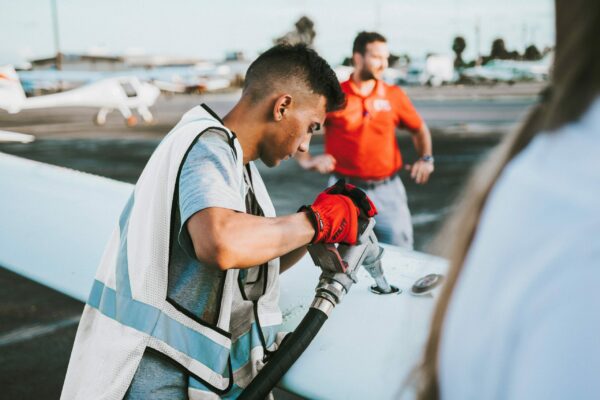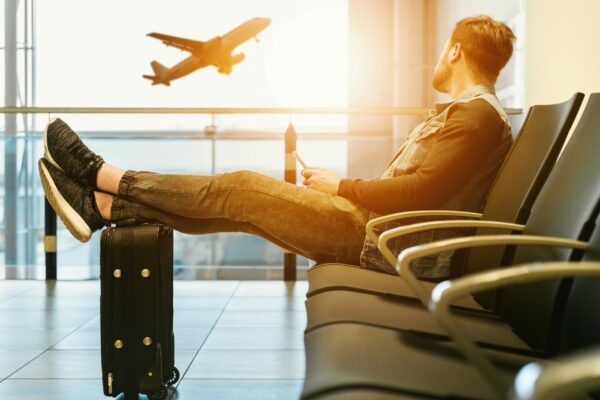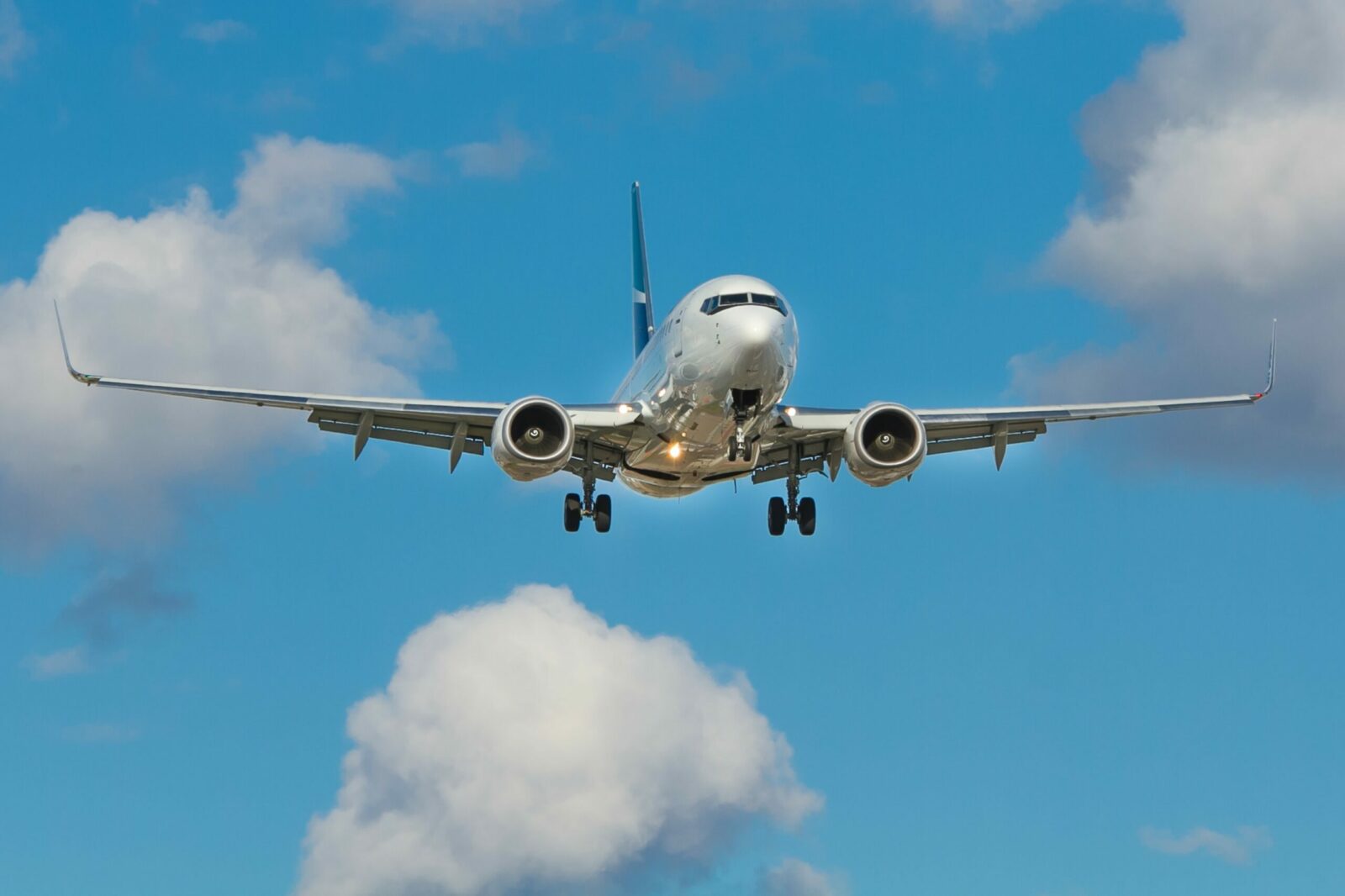As the Travel Beyond “Air Guy,” I get asked a lot of questions about airfare and why ticket costs are currently skyrocketing. It’s not an easy question to answer, as there are several factors that have come together to drive up prices.
Here are some of the reasons we are feeling more sticker-shock lately:
Shortage of aircraft
When the COVID-19 pandemic took hold, air travel hit an all-time low. Airlines were forced to cancel flights and put aircraft out of service. In most cases, this meant parking them on a ramp or taxiway somewhere, leaving them at the mercy of weather, birds, insects, rodents, and so forth. Once an aircraft has been idle for an extended period, getting it up and running again is a very costly process. Many individual aircraft (and in some cases entire aircraft types/families) were retired and scrapped. As the pandemic subsided, travel resumed and airlines began ordering new aircraft. However, building new airliners takes time, and most manufacturers now have years (and in some cases more than a decade) of back orders to fill.
Shortage of pilots and crew
This has increasingly been a problem since the 1980s. Prior to this time, the main source of airline pilots was the US military. Aviators would serve a few years and quickly transition to more lucrative airline careers. As a result, the military began to require much longer commitments of its aviators, generally a minimum of 10 years, which led to fewer pilots leaving. The civilian sector has not been able to fill the gap. Flight training is expensive, with students having to come up with $100,000 or more for their training. Entry-level opportunities for new pilots are scarce, and do not pay very well. Many would-be airline pilots are discouraged by the years of sacrifice needed before earning their way to a coveted airline position.

Increasing fuel cost
Fuel prices have more than doubled since 2019. This causes costs to increase for airlines, who pass most of the cost on to travelers. It also causes costs to increase for flight schools, who pass most of the cost on to students.
Airlines trying to recover losses
The COVID-19 pandemic took a very big financial toll on all airlines. Some went out of business; those who remained incurred heavy financial losses. With costs going up and demand high, airlines are taking every opportunity they can to increase revenues and recover losses. With airfare prices at all-time highs, it’s more important than ever to have a professional on your side to help you find the best balance of cost and schedule for your trip.
Increasing demand for travel
As COVID-19 travel restrictions eased worldwide, travelers who had been cooped-up for those years got restless. People wanted to see family and friends and go on vacation again, which caused a sharp spike in demand. We are starting to see this taper off a little, but demand is remaining high into 2024.

So, What Can We Do?
Unfortunately, there isn’t much travelers can do to mitigate these rising costs. Once your trip is confirmed, you simply must have flights that line up with your scheduled travel dates. While you may not be able to control the actual air prices, you can take a few steps to ensure you don’t incur any unnecessary additional change fees. First, we always encourage our clients to purchase travel protection to fully cover all trip costs, including airfare. Next, accuracy is key: If you are arranging your own flights, be sure to book very carefully with exact passenger information (including birthdates, passport numbers, etc.), travel dates and adequate connection times between flights. Even better, work with an air travel professional who knows and understands the nuances of flight arrangements. Using the Travel Beyond Air Desk will ensure you get the best balance of schedule and price.
